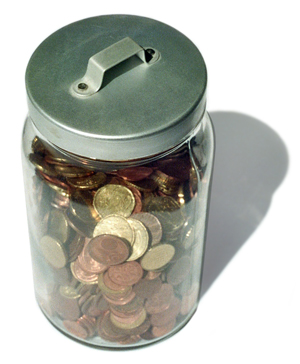The green movement is much more than a way to jump onto the eco-friendly bandwagon, it can also be a way to reduce plant-operating costs considerably over time. Many plants have found that simple monitoring, maintenance, scheduling, and other techniques are easy to implement and often cost just a little more than the cost of training employees. Others have to add energy-saving equipment to become more energy efficient. Here are few ways to get your plant started in the right ‘green’ direction.
Heating and Air
Simple maintenance and repair can bring this area of the plant up to date. Just as changing filters and cleaning the ducts can reduce energy costs within the home, it can do the same in a large plant. Clear away any obstructions in the heating and air system; test for and repair leaks, replace outdated furnaces, HVAC, or air conditioning systems with energy efficient models and add timers to the system in order regulate the heat in the winter and air conditioning in the summer. Program the equipment to heat/cool areas that are occupied while keeping other areas at a minimum temperature needed to keep the equipment from damage.
Electrical System
One of the most important ways that a factory can reduce their electrical usage is to avoid peak usage whenever possible. Peak hours for electrical companies work the same as those for cell phone companies. Usage during peak hours will cost you considerably more than usage during off-peak hours. Obviously, companies must run much of their equipment during the daylight hours, which are oftentimes the peak hours. However, plant managers can evaluate their operations to see if any equipment may be run during the off peak hours. Contact you power company to find out what these hours are.
Lighting
Swap out the lights within the plant with the more energy efficient fixtures. Doing so will cost you initially, but the savings will be quickly recovered over time. Also, do not light areas that are unused, or incorporate motion censors on the fixtures so electricity is only being used when necessary.
Weatherizing
The same areas that let in a draft in winter will allow heat in during the winter. This will cause the heating and air systems to work overtime. Weatherize the plant by sealing around windows, doors and docking areas. Make sure that the plant is properly insulated. Some older factories may benefit from newer windows and doors.
For a more detailed energy savings plan, contact a professional trained in energy efficiency audits.


